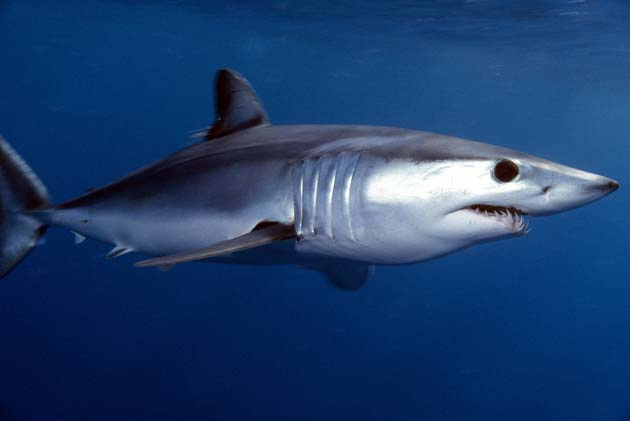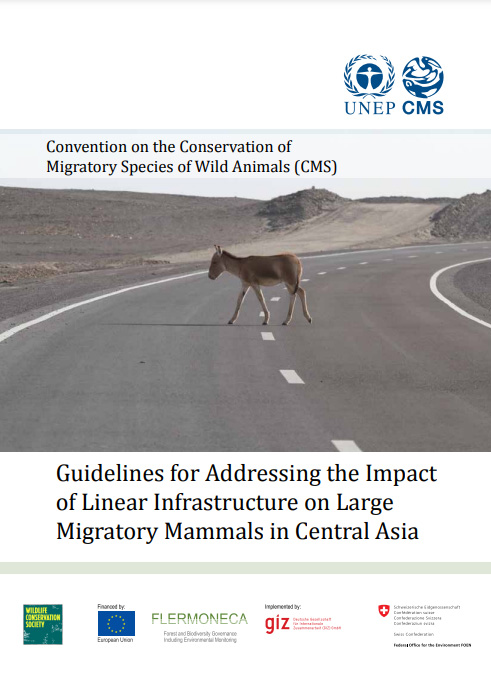Isurus oxyrinchus

The shortfin mako (Isurus oxyrinchus) is a large, highly active and epipelagic lamnid shark, closely related to the longfin mako. Also known simply as the ‘mako’, the shortfin mako grows to a length of up to four meters, though similar to the other lamnid sharks, there exists noticeable size dimorphism between the sexes. Only females reach this size; males are generally smaller at a maximum of three meters. The shark, similar to the great white, longfin mako and the other lamnid sharks, is an active, fast-swimming and endothermic species. Like these other species it exhibits a countershading colouration with a dark back and a light underside, and is an active ambush predator. It is among the fastest and most active of fish in the sea, and has been recorded swimming at speeds of up to 46mph.
The shortfin mako is an offshore littoral and epipelagic species found occurring in tropical and warm-temperate waters of all oceans from about 50°N (up to 60°N in the northeast Atlantic) to 50°S. It generally inhabits waters from the surface down to about 200 meters, and in water temperatures above 16°C. It is a highly migratory species and has a tendency to follow movements of warm water polewards in the summer, in the extreme northern and southern parts of its range. Catches in the KwaZulu-Natal, South Africa indicate inshore movements from deeper water over the continental slopes off South Africa. Large scale tagging in the north Atlantic have shown that these sharks make extensive journeys of over 3,000 kilometers, with similar scale migrations likely to take place in other parts of its global range in temperate and tropical oceans
The shortfin mako is an important and extremely valuable species in pelagic longline, drifting, gill net and hook-and-line fisheries across its range, due to its relatively high abundance and prized meat. It is commonly taken in as bycatch from tuna and billfish longline fisheries and as a game fish where it is highly prized due to its size, reputation and highly active nature. The increasing pressure from these fisheries, coupled with the high value of its meat and fins and vulnerable life history, have resulted in significant declines in shortfin mako populations throughout the last few decades. They are now regarded as Vulnerable under IUCN’s Red List of Threatened species and listed on Annex I of UNCLOS, Annex I of the CMS Migratory Shark Memorandum of Understanding and Appendix II of CMS.
photo credit: jidanchaomian via photopin cc
| Instruments de la CMS | CMS, Requins (2010) |
|---|---|
| IUCN Status | Vulnerable |
| Date d'inscription à l'Annexe II | 2008 |
| Anglais | Shortfin Mako Shark |
|---|---|
| Français | Taupe Bleu |
| Espagnol | Marrajo dientuso |
| Allemand | Kurzflossen-mako |
| Classe | Chondrichthyes |
|---|---|
| Ordre | Lamniformes |
| Famille | Lamnidae |
| Nom scientifique | Isurus oxyrinchus |
| Author | Rafinesque, 1810 |
| Standard reference | Eschmeyer, W.N. (1990). Catalogue of the Genera of Recent Fishes. California Academy of Sciences, San Francisco, California. |
Current Focus
E-Newsletter: CAMI Newsletter April 2024
Publication: Guidelines for Addressing the Impact of Linear Infrastructure on Large Migratory Mammals in Central Asia





